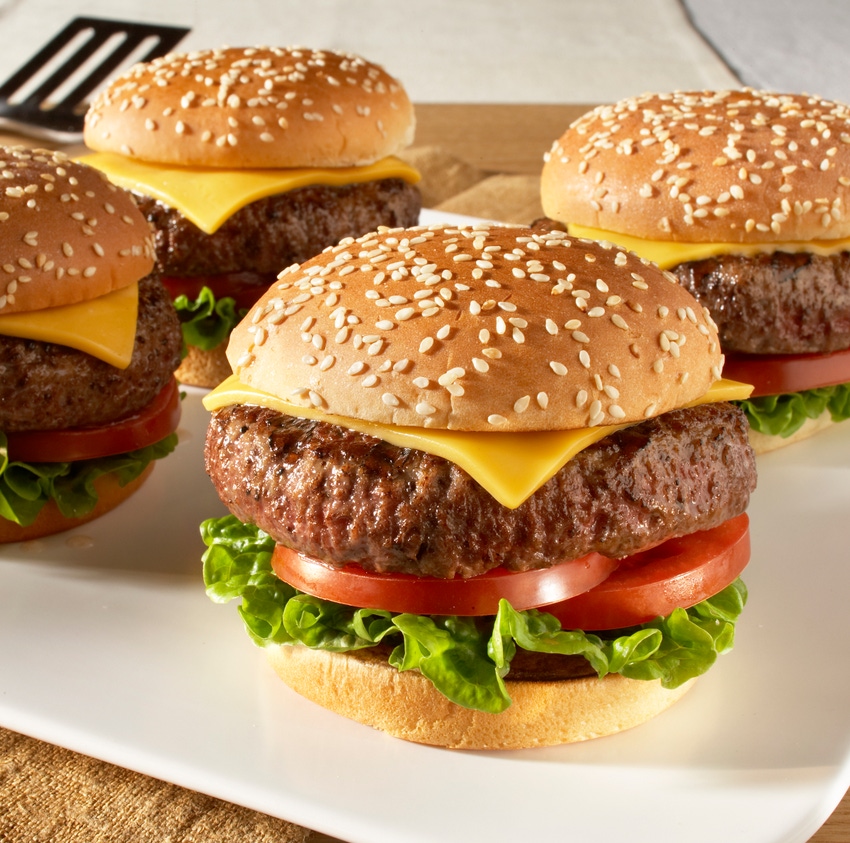Beef demand in 2017 caught everyone by surprise. And it may well continue this year.

A year ago, says David Williams, you could have done 100 surveys on what people thought would be the cattle market drivers in 2017, and nobody would have picked the right answer.
Sure, robust domestic demand and a strong export market were the reasons that cattle prices last year caught everyone by surprise. But dig a little deeper, Williams told the crowd at the Learning Lounge on the trade show floor during the Cattle Industry Convention in Phoenix, and the underlying strength of that demand will surprise you.
It was ground beef, or more accurately, the 90 CL and 50 CL trimmings that go into making the ground beef that consumers enjoy. Generally, the 90 trimmings are very lean and come from cull cows and bulls; the 50 trimmings come from fed cattle carcasses and are mixed with the fat trimmed from those carcasses.
“That was a giant mover in the marketplace last year,” said Williams, vice president of Informa Economics IEG. “And I still think that the way the U.S. consumer is moving—ground beef, all-beef hot dogs—those things are becoming more and more popular and the consumer is willing to pay up for those.”
Take, for example, McDonald’s recent announcement about its Quarter Pounder. “They are moving away from frozen imported beef and will begin to use all domestic, fresh U.S. product,” he said. “It’s currently in five or six states right now. They’re planning on, sometime in 2018, that it will be nationwide. So that’s going to bring a whole ‘nother demand level for the packers and further processors that make ground beef, to be able to supply that fresh product.”
And, while beef production will be higher in 2018, demand for all cuts of beef, both domestically and worldwide, won’t slow down, Williams predicts. The U.S. dollar is weakening, and that’s good news for U.S. beef exports, because it makes our beef less expensive worldwide. And he predicts that grocery stores will feature beef heavily, especially this spring and summer, which will keep domestic demand robust.
For prices, he thinks the dollars that fed cattle are fetching now may be the high for the year. As the industry gets into the larger placements of the last several months, there will be plenty of fed cattle coming to town and cash prices for fed cattle could dip below $100 per cwt this summer.
Much of the cattle market for 2018 hinges on drought and resulting pasture conditions. If weather isn’t in play, the expansion phase could continue, slowly, into 2020, he says. But weather is a big factor early in the year.
Beef producers have seen good profitability the last three or four years, he told the audience. “But as we come into the 2018 timeframe, we have a lot of unknowns. We’ve seen some margin in the first half of the year [for fed cattle], but what will hold us as we get to the back half of the year with possible dry conditions on pasture?”
About the Author(s)
You May Also Like



